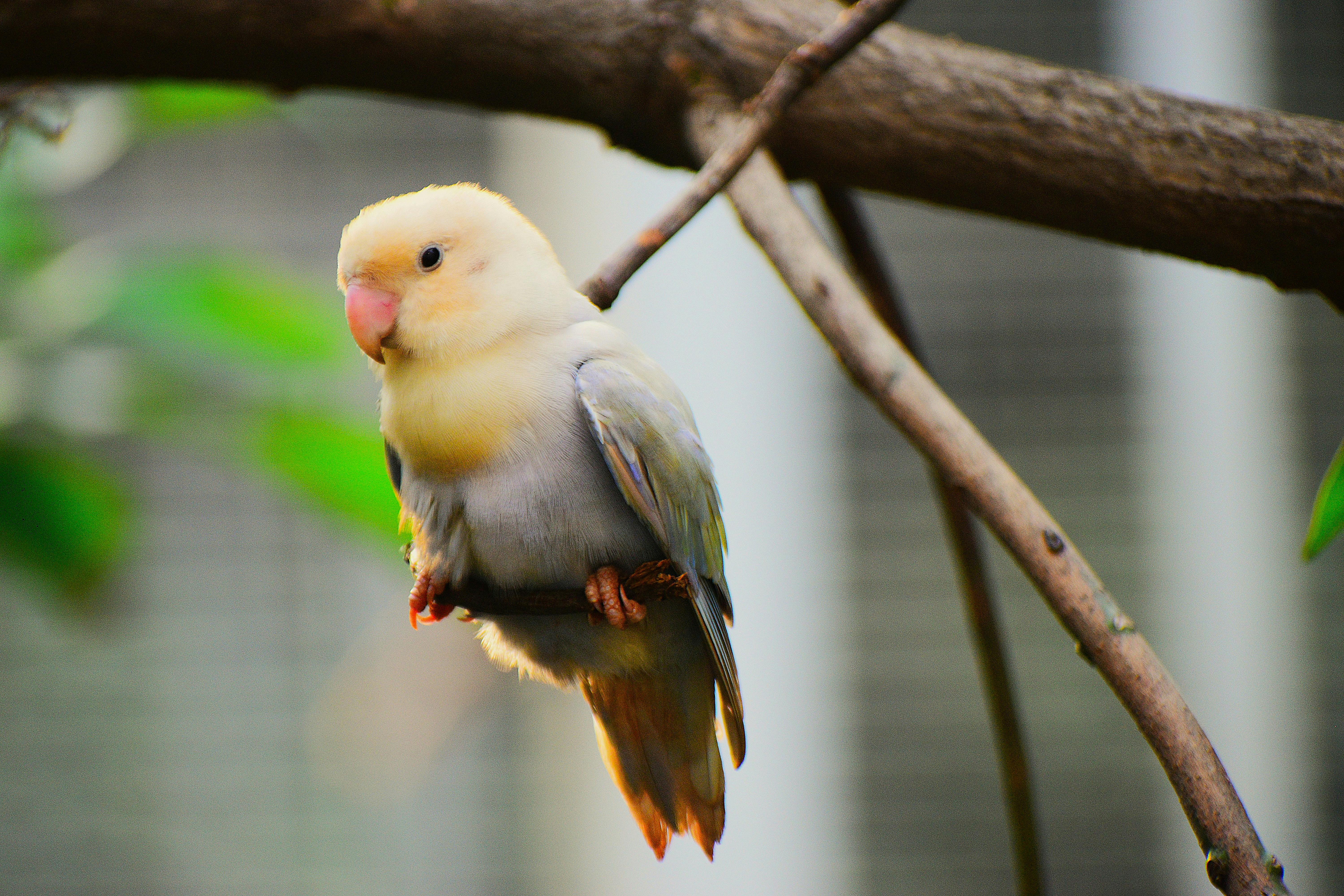Explore the Key Differences Between Baby Rats and Mice in 2025

Discover the Key Differences Between Baby Rats and Mice in 2025


Understanding Baby Rat and Baby Mouse Characteristics
When it comes to baby rats and baby mice, their characteristics play a crucial role in distinguishing between the two. Although they belong to the same family of rodents, there are unique traits that separate them. For instance, baby rats typically possess a larger size and a more robust body than baby mice. Additionally, their coats often vary, with baby rats having coarser fur compared to the softer coat of baby mice. These differences not only affect their appearance but also influence their behavior and care necessities.
Baby Rat Characteristics
Baby rats can be recognized by their physical traits, which include a more prominent tail and larger feet proportionate to their body size. Their coloration ranges widely, including shades of brown, gray, and even black. Another interesting aspect of their characteristics is their social nature; baby rats are known for being curious and highly interactive with their environment. They enjoy exploring with their strong sense of smell and can learn to recognize their owner's voice and scent quite quickly.
Baby Mouse Characteristics
Baby mice, on the other hand, are generally smaller and have less pronounced physical features compared to baby rats. Their ears are larger in proportion to their heads, giving them a distinctive mouse appearance. Mice are often quicker than rats and may showcase more timid behavior, especially when in unfamiliar environments. Their fur is known for being exceptionally soft, which makes them delightful to handle as pets. Understanding these characteristics can aid in proper baby mouse care and their integration into your home.
Behavior Differences Between Baby Rats and Baby Mice
The baby rat behavior usually includes being more inquisitive and social compared to baby mice. Baby rats thrive on interaction and play, often forming strong bonds with their owners and other pet rats. They exhibit playful behavior, showcasing impressive intelligence. In contrast, baby mice may be more reserved and occasionally skittish, preferring to explore their surroundings at their own pace. Knowing these differences is vital for fostering strong relationships with these pets.
Feeding and Care: Baby Rat vs. Baby Mouse
When it comes to feeding and baby rat care, it's essential to customize their diet to cater to their specific nutritional needs. Both baby rats and baby mice require high-quality commercial diets, but their food preferences can sometimes differ. For instance, baby rats may enjoy a varied diet that includes fruits, vegetables, and grains, whereas baby mice may prefer seeds and grains as their main diet. Proper feeding is critical for their growth and development.
Baby Rat Diet Essentials
In establishing an appropriate baby rat diet, focus on providing commercially available pellets formulated specifically for rodents. Alongside this base, offering fresh fruits and vegetables helps in creating a balanced diet. Additionally, baby rats often have a fondness for cooked grains such as rice and oats. Monitoring their food intake is also vital, as overfeeding can lead to obesity, impacting their baby rat health issues.
Baby Mouse Diet Essentials
Similarly, for a thriving baby mouse diet, high-quality rodent pellets should constitute the primary element of their meals. Supplementing their diet with seeds, whole grains, and certified organic fruits can effectively meet their dietary needs. Ensuring a variety of foods allows for the best nutrition. Keeping their food clean and checking for freshness is essential to prevent health complications promoting better baby mouse health.
Special Care Tips for Baby Rats and Mice
Caring for much smaller rodents like baby rats and baby mice involves understanding their specific baby rat care and baby mouse care requirements. Their habitats should be adequately equipped with bedding, hiding spots, and toys stimulating their need for play and exploration. It’s crucial to maintain cleanliness, ensuring that their living environment remains heartening and hygienic, thus promoting optimal baby rodent health care.
Socialization and Interaction with Baby Rats and Mice
Understanding the social behavior of baby rats and mice is essential for their development and happiness. While both species enjoy interaction, baby rats often exhibit more pronounced social skills that lead to engaging behaviors and bonding with their owners. Recognizing these behaviors enables better management of their baby rat socialization and baby mouse socialization practices.
Baby Rat Communication and Sounds
A unique aspect of baby rat communication involves their vocalizations, which include chirps and squeaks indicating varying emotions like excitement or distress. Baby rats are known for expressing their feelings through a series of sounds that can range from joyful squeaks during play to soft trills signifying comfort. When handling baby rats, pay close attention to these baby rat sounds as they integrate into your home.
Baby Mouse Communication and Sounds
Baby mice also communicate through sounds, though their expression might be slightly different. They often produce tiny squeaks when feeling threatened or in need of comfort. Understanding baby mouse communication is instrumental in recognizing their emotional needs. Just like baby rats, baby mice can also show affection through gentle sounds, and observing them in their habitats can provide clarity on their needs and moods.
Conclusion and Key Takeaways
In conclusion, recognizing the distinctions between baby rats and baby mice is crucial for proper care and understanding. While they both share many similarities, their characteristics, behaviors, and care needs can differ significantly. Gaining insights into their diet, social behavior, and habitat requirements allows pet owners to provide better surroundings tailored to each species. For those contemplating the addition of either baby rats or baby mice to their families, it's essential to assess the differences present to ensure a happy and healthy pet.
FAQ
1. What are the key differences in baby rat vs baby mouse care?
The care for baby rats and baby mice varies mainly in their dietary preferences and socialization needs. Baby rats often require more varied nutrition and benefit from more interactive environments with ample space to explore.
2. How long do baby rats and mice live?
Generally, baby rat lifespan spans about 2-3 years, whereas baby mice may live around 1-2 years. However, with proper care and environment, their lifespans can extend.
3. What are common health issues in baby rats and mice?
Both species can experience health challenges; baby rats are prone to respiratory diseases, while baby mice might suffer from obesity if not adequately controlled in their diets and activities.
4. Can baby rats and mice share the same habitat?
It is not advisable to house baby rats and baby mice together due to their different social behaviors, interactions, and territorial instincts which may lead to stress or aggression.
5. How do I train my baby rat or mouse?
Training baby rats involves positive reinforcement through treats and consistent interactions, while baby mice can be trained using gentle handling and acclimation to their environment.